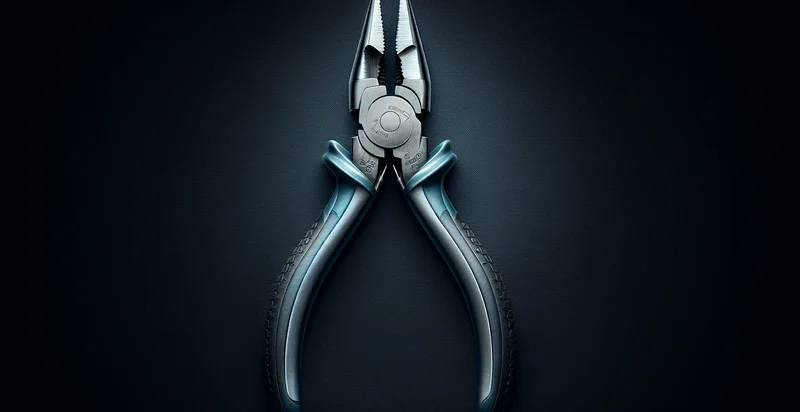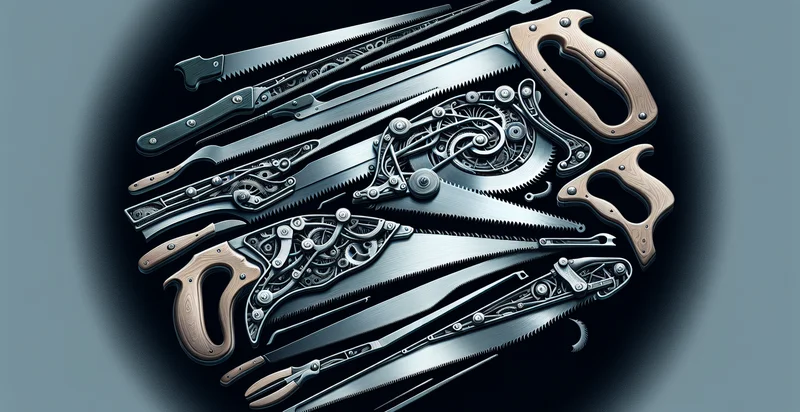Identify pliers type
using AI
Below is a free classifier to identify pliers type. Just upload your image, and our AI will predict what type of pliers it is - in just seconds.

Contact us for API access
Or, use Nyckel to build highly-accurate custom classifiers in just minutes. No PhD required.
Get started
import nyckel
credentials = nyckel.Credentials("YOUR_CLIENT_ID", "YOUR_CLIENT_SECRET")
nyckel.invoke("pliers-type", "your_image_url", credentials)
fetch('https://www.nyckel.com/v1/functions/pliers-type/invoke', {
method: 'POST',
headers: {
'Authorization': 'Bearer ' + 'YOUR_BEARER_TOKEN',
'Content-Type': 'application/json',
},
body: JSON.stringify(
{"data": "your_image_url"}
)
})
.then(response => response.json())
.then(data => console.log(data));
curl -X POST \
-H "Content-Type: application/json" \
-H "Authorization: Bearer YOUR_BEARER_TOKEN" \
-d '{"data": "your_image_url"}' \
https://www.nyckel.com/v1/functions/pliers-type/invoke
How this classifier works
To start, upload your image. Our AI tool will then predict what type of pliers it is.
This pretrained image model uses a Nyckel-created dataset and has 20 labels, including Aviation, Bent Nose, Channel Lock, Combination, Crimping, Cutting, Electrician, Flat Nose, Lineman and Lockable.
We'll also show a confidence score (the higher the number, the more confident the AI model is around what type of pliers it is).
Whether you're just curious or building pliers type detection into your application, we hope our classifier proves helpful.
Related Classifiers
Need to identify pliers type at scale?
Get API or Zapier access to this classifier for free. It's perfect for:
- Quality Control in Manufacturing: The 'pliers type' identifier can be implemented in production lines to automatically classify and reject faulty pliers that do not meet design specifications. It assists quality assurance teams in ensuring that only properly manufactured pliers proceed to packaging and distribution.
- Inventory Management: Retailers can use the identification function to streamline inventory processes by accurately categorizing different types of pliers. This ensures that stock levels are correctly maintained and assists in automated reordering, minimizing the risk of overstocking or stockouts.
- E-commerce Product Listing: E-commerce platforms can utilize the classifier to automatically tag and organize pliers into the correct categories during product uploads. This enhances searchability and improves the overall shopping experience for users, making it easier to find specific types of pliers.
- Workflow Automation in Repair Shops: Repair shops can deploy the function to quickly identify the type of pliers among tools at their disposal, helping technicians select the right tool for specific repair tasks. This reduces downtime and improves operational efficiency in service delivery.
- Training and Education: The 'pliers type' identifier can be used in educational settings to assist students in learning about different types of pliers and their uses. Interactive training programs can incorporate this technology to provide real-time feedback to learners as they practice identifying tools.
- Safety Compliance: Companies can utilize the classification function to ensure that only compliant pliers types are used in safety-sensitive environments. By monitoring and classifying the tools being used, organizations can maintain adherence to safety regulations and minimize workplace accidents.
- Research and Development: R&D teams in tool manufacturing can adopt the identifier to analyze the market by classifying various pliers types encountered in the field. This data can inform new design innovations, helping companies to stay ahead of market trends and improve product offerings.


